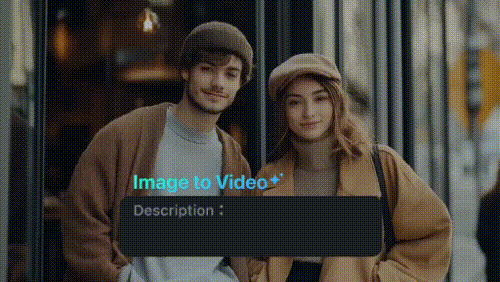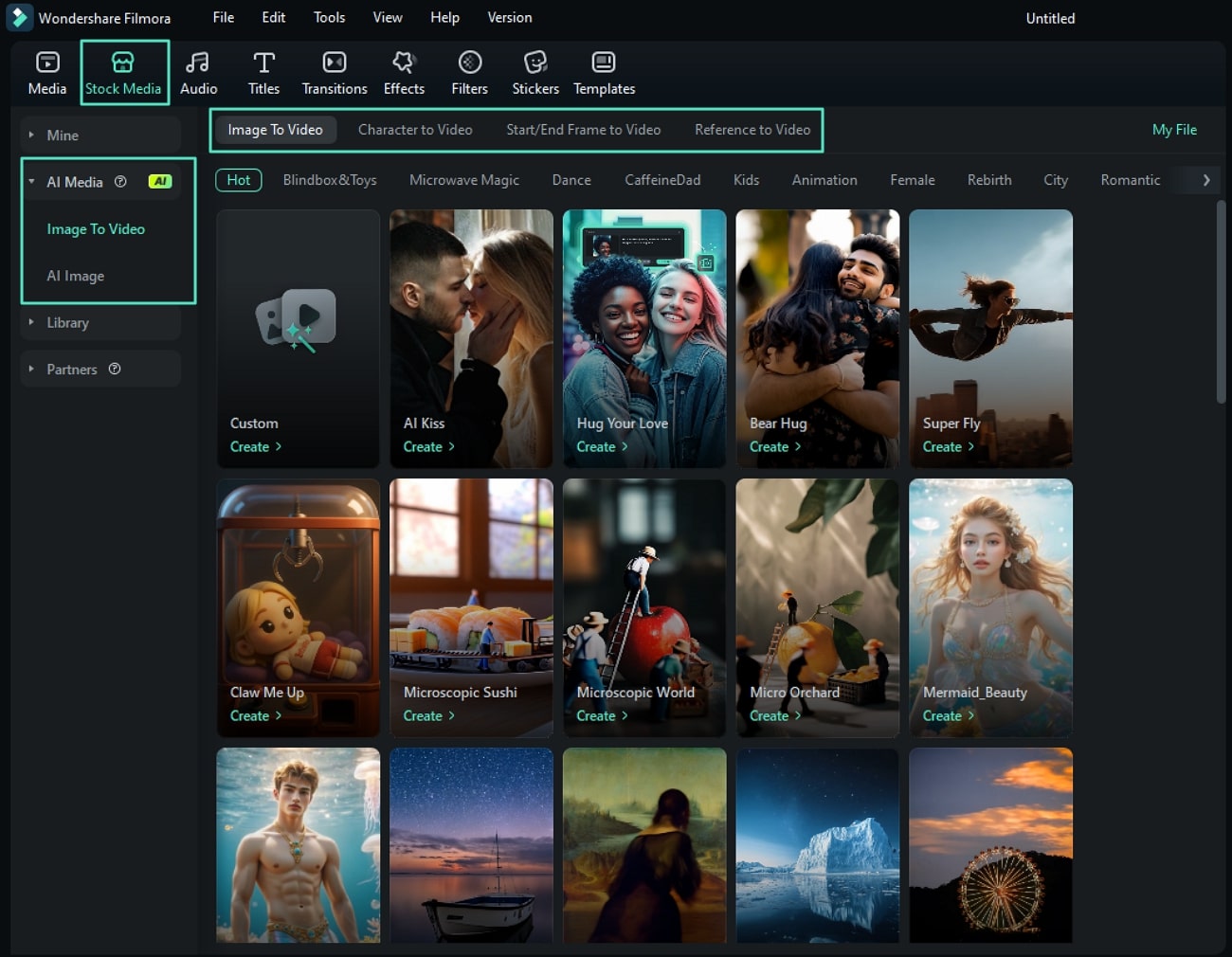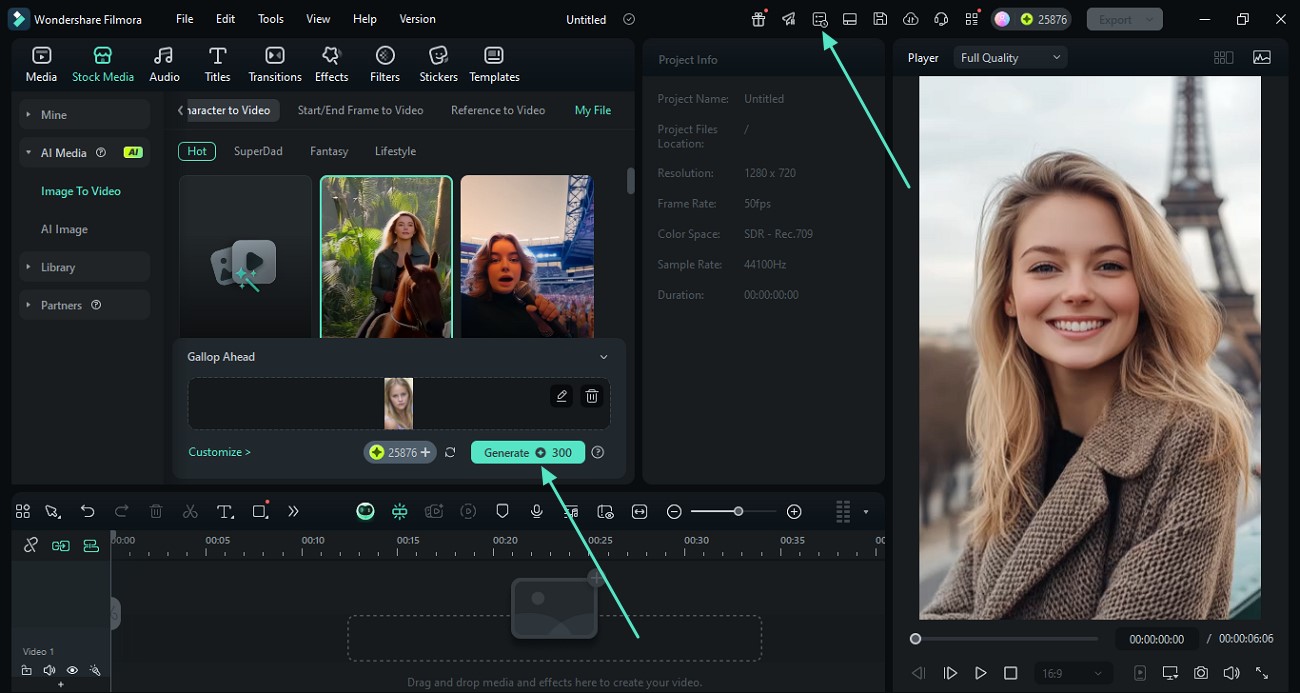In this article
Part 1. Definition Section - What is Deepfake Detection
Fake videos and AI-generated voices can go viral in minutes, and spotting what's real is harder than ever. That's where deepfake detection comes in, designed to detect deepfake content and help us fight back against digital deception.

Deepfake detection is the process of spotting and analyzing media, like videos, photos, or audio, that have been manipulated using artificial intelligence. These tools are built to tell the difference between real content and computer-generated fakes.
It includes audio deepfake detection for spotting synthetic voices and deepfake image detection for identifying manipulated visuals. It helps people, platforms, and organizations maintain trust in digital media.
The word "deepfake" first popped up around 2017. It combines "deep learning" and "fake," referring to the AI-generated fakes that look and sound real. As deepfake tech advanced, the need for effective deepfake detection tools became paramount.
Technical Breakdown
- Core Technology: Most deepfake detection tools are powered by machine learning algorithms. This includes CNNs (Convolutional Neural Networks) and RNNs (Recurrent Neural Networks). These models examine unnatural patterns like inconsistent lighting, facial movements, or audio mismatches.
Key Innovations:
- Real-Time Detection: Some tools can analyze media on the spot. It's perfect for livestream situations where time is critical.
- Biometric Analysis: Uses facial recognition, eye movement, voice tone, and even blinking patterns to detect subtle inconsistencies that AI often gets wrong.
- Audio-Visual Cross-Checking: Compares mouth movements with spoken audio to detect syncing errors or mismatched speech patterns.
- Blockchain Integration: Tracks the origin and edit history of media files using blockchain, making it easier to verify authenticity.
- Adversarial Training: Involves training AI models with both real and fake content so they can better recognize manipulation techniques.
Current State: As of 2025, deepfake detection technology has advanced to handle multiple formats with increasing accuracy. These tools identify manipulations in videos, images, and audio. It can help users stay one step ahead of manipulated content.
Part 2. When/Where to Use Deepfake Detection
Deepfake video detection is now essential across many industries. It helps protect people, brands, and critical information. As deepfake content spreads faster, spotting fakes early is key to preventing harm and misinformation.
Real-World Applications of Deepfake Detection
Limitations and Challenges
Deepfake methods are advancing fast, often outpacing detection tools. What works today might fail tomorrow.
No tool is perfect. Some may flag real content as fake or fail to catch subtle manipulations, especially in low-quality footage.
Detection systems often rely on biometric data (like faces or voices). This situation raises concerns about how this data is stored and used.
Future Outlook
As AI continues to evolve, so will the tools used to detect it. Expect future deepfake detection systems to be faster, more accurate, and capable of working across all types of media. With growing public awareness and tech collaboration, it may soon become a standard safeguard in digital communication.
Part 3. Practical Demonstration of Deepfake Detection
While deepfake detection helps us identify manipulated content, it's also important to understand how deepfakes are actually made. One way to do that is by exploring ethical tools that use similar AI technology, like Wondershare Filmora's AI Image to Video.

This feature doesn't detect deepfakes, but it does use AI-driven facial animation and motion prediction. It has the same kind of techniques often found in deepfake creation. By experimenting with it, you can get a hands-on feel for how deepfake-like videos are generated.
How Deepfakes Technology is Used in Filmora:
Filmora's AI Image to Video is designed for storytelling, character animation, and creative short-form content. It's an example of how AI can be used responsibly to animate still photos. You don't need to have advanced skills to use this feature.
Follow the following guide to learn how to use this feature:






